|
3rd August 2021 Tuesday is here and I'm in Woking with the Woking Gaming Club at The Sovereigns pub for gaming night. The game of the night was Above and Below. Published by the same company who also produce a game called Near and Far. Left and right, up and down, in and out: wiggle it all about, here and there, out and about, Far and Away and Home and Away! Some great suggestions for naming more games! As the name suggest, the players will concerning themselves with the above ground settlement and exploring the caves below the village. What's in a game?
The game makes good use of its cartoony artwork, particularly with the green, grassy landscapes and cloudy blue skies that appear on many of the cards. Buildings and villagers are also well illustrated. Finally, the underground cards have evocative, mildly forbidding artwork. There is little iconography used throughout Above and Below and what there is of it, is easy to comprehend. How's it play? Setup
Beginning with the starting player and going clockwise, each player performs a single action using 1 or more of their villagers, play continues clockwise until all players have used all their available villagers or have passed. After this, the next round begins.
Endgame Once seven rounds are completed, the game goes to scoring, victory points can come from a variety of places. Reputation: Whoever has the highest reputation gets 5 victory points and 2nd place gets 3. Each house and outpost: Regardless of what it is, earns a victory point. House/outpost bonuses: Some houses and outposts will confer additional bonus points, these may be straight up points or situational points, e.g., 1 point per barrel. Advancement tracker: Players earn points for each good on their advancement tracker, depending on where the good is positioned. 2 goods on the 1st space would earn 2 victory points in total, 2 goods on the 8th and final space would earn 12 victory points! The type of good makes no difference here. The advancement tracker can earn a lot of points. Points are tallied, highest score wins. Overall
For the most part, mechanically speaking, Above and Below is a fairly straightforward, unremarkable game. Players use their workers to increase their resources to acquire more workers and buildings create a strategy to earn victory. Pretty standard stuff, not that there's anything wrong with that, no need to reinvent the wheel. Even so, there's some depth here and quite a bit of balancing to perform. There's little good acquiring workers without the ability to rest them which means acquiring buildings with beds instead of other benefits, particularly to ability to acquire goods and so on. This brings us neatly to the merchant track, which is one of the game's two interesting mechanics. Firstly, it more-or-less forces players to diversify in goods in order to reach the higher scoring spots. Secondly, it does something unusual with the game's 8 goods; which is that the rarity of a good has no bearing of it's worth for victory points, position on the track determines a good's worth and this is likely to be different for each player, meaning they may have different priorities for different goods, regardless of rarity. Finally, it gives players a conundrum to navigate: Logically, players will want to put the most common goods on the later, higher scoring spots because, well, there's more of the common goods available to stack up for more points. This means using rarer goods earlier in the track, but rarer goods are harder to come by. So should a player start filling out the merchant track as quickly as possible with whatever they get to reach the later spots? Or should they hold off, hoping to get the scarcer goods and use them to fill the earlier spots. It's an interesting decision to consider. The second interesting mechanic is exploring, Above and Below really stands out from the crowd when exploring the below. The inclusion of a 'lite storytelling' choose-your-own-adventure element with flavour text and all, is both fun and meaningful, presenting players with sometimes story-based choices and risks to take which directly affect what they earn from their exploration. It's cool and a great addition beyond the usual board game fare. It makes Above and Below worth trying.
0 Comments
Leave a Reply. |
AuthorI play, I paint. Archives
March 2024
Categories
All
|

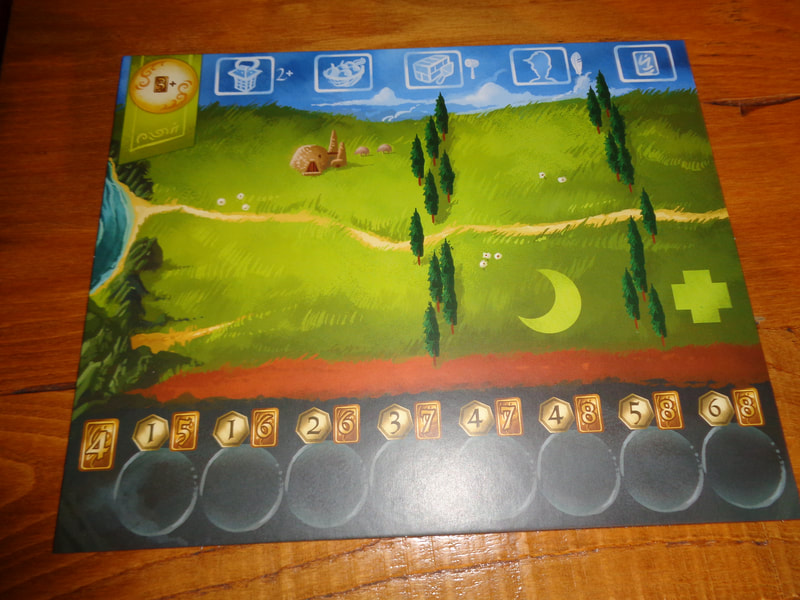
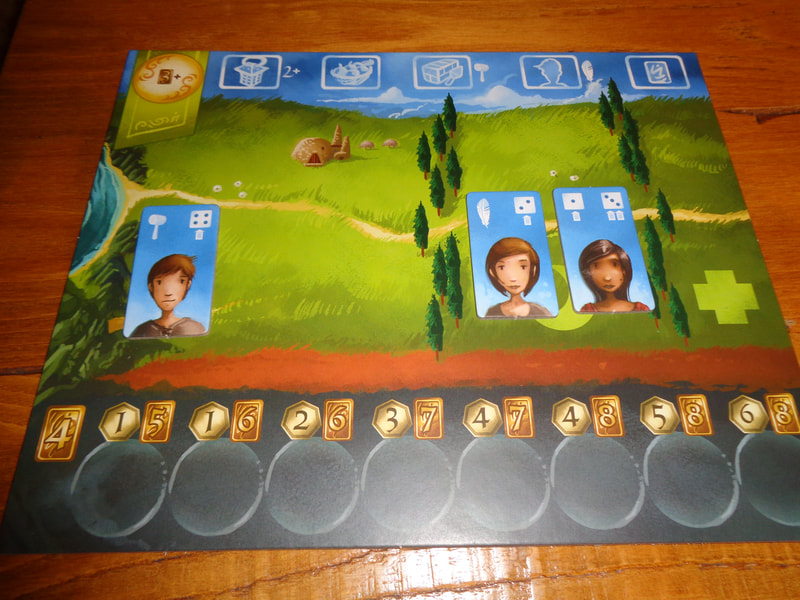
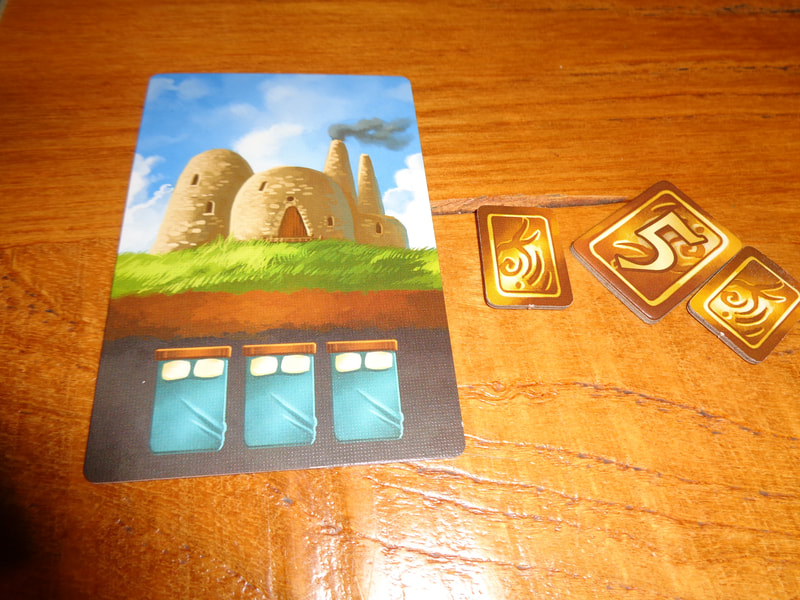
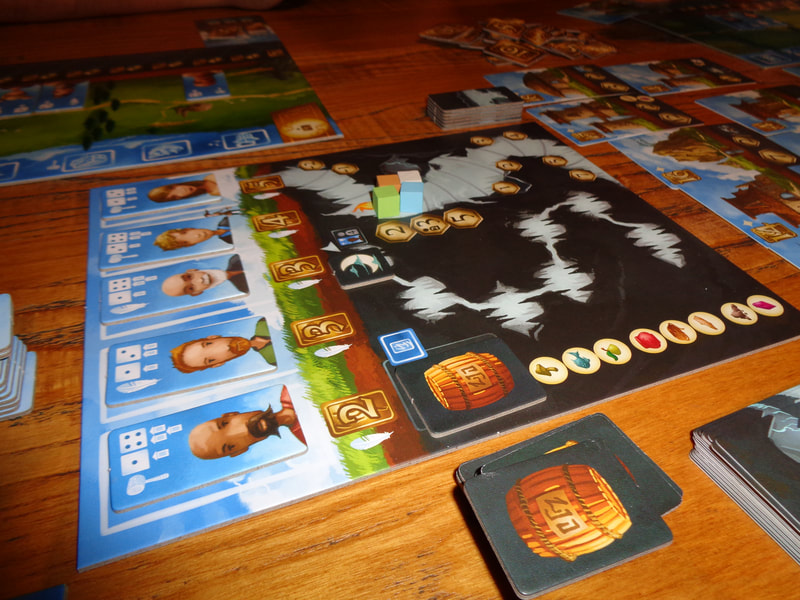
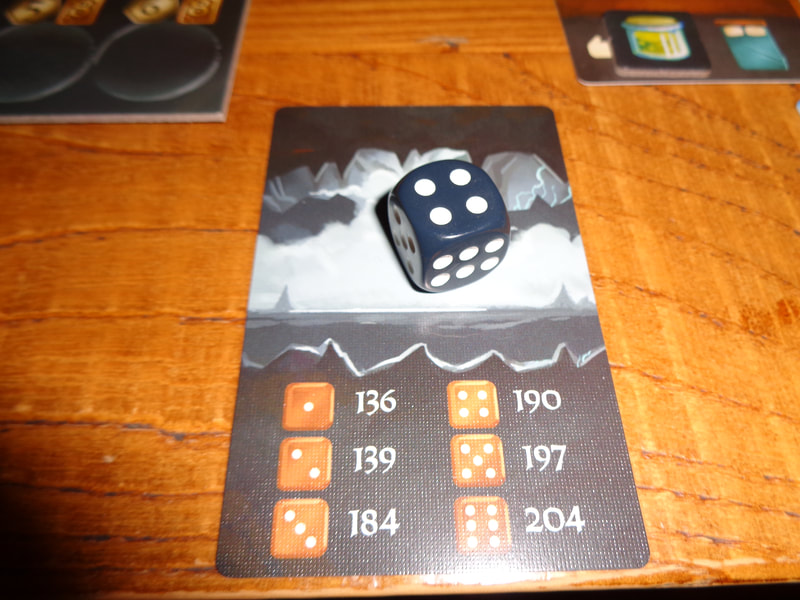

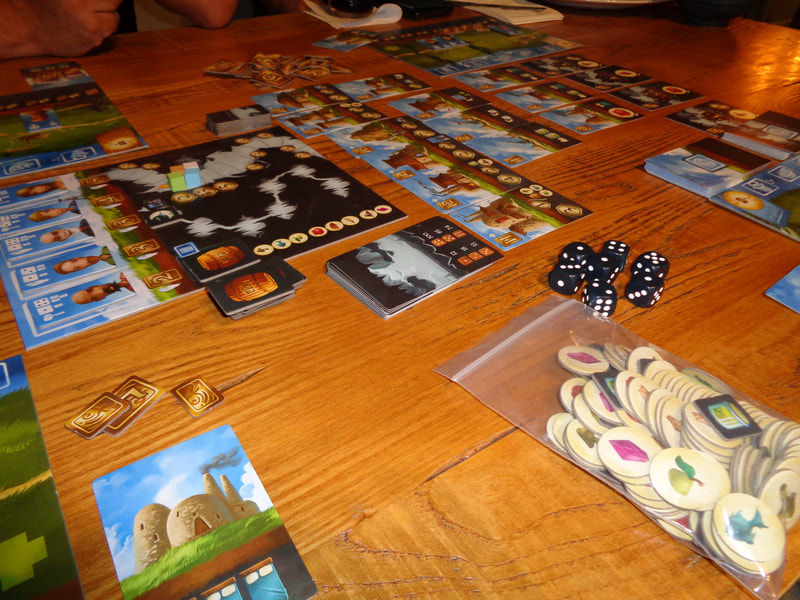
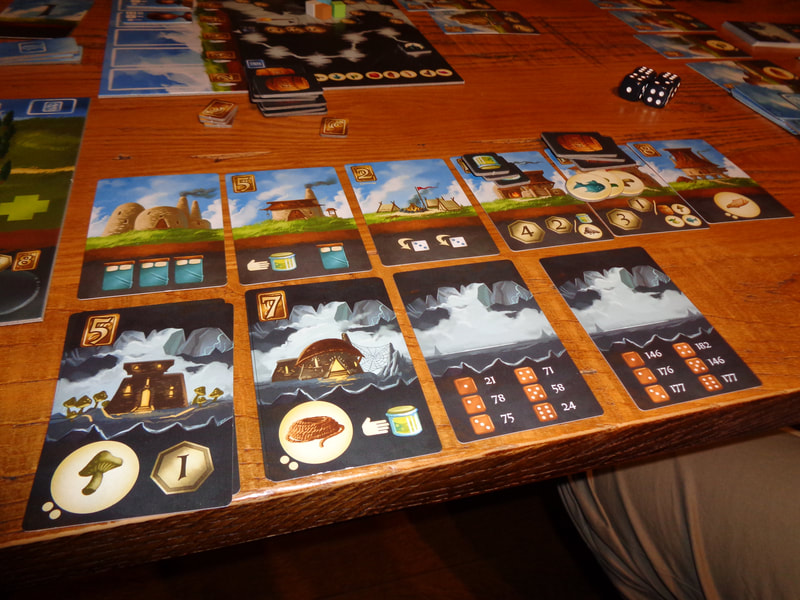
 RSS Feed
RSS Feed
